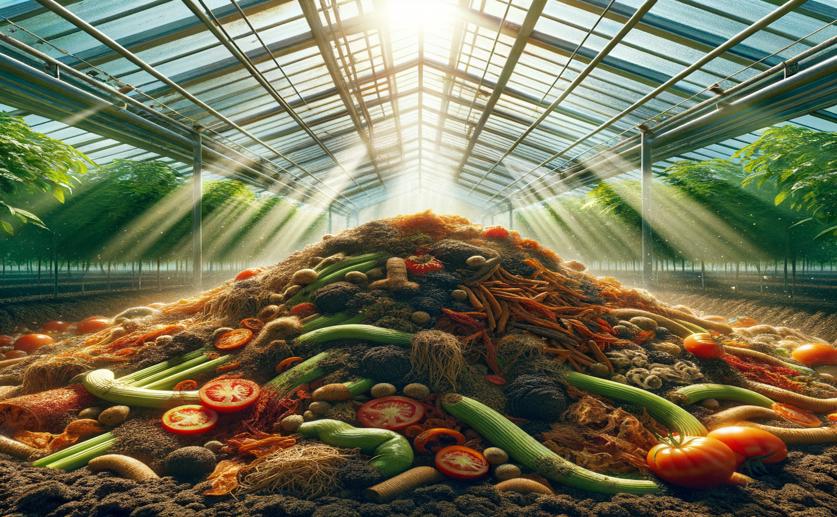
Best Ways to Decompose Tomato Waste in Greenhouses
Greg Howard
27th April, 2024

Image Source: Natural Science News, 2024
Key Findings
- In a study at Weifang University, small tomato remnants (0.5 cm) decomposed faster than larger pieces
- Optimal soil moisture (89%) and temperature (50°C) were identified for efficient decomposition
- Adding a 7% dosage of microbial decomposer to the soil significantly increased decomposition rates
EnvironmentPlant ScienceAgriculture
References
Main Study
1) Optimized decomposition of fresh tomato remnants in facility soil.
Published 30th April, 2024 (future Journal edition)
https://doi.org/10.1016/j.heliyon.2024.e29590
Related Studies
2) Litter Mixing Alters Microbial Decomposer Community to Accelerate Tomato Root Litter Decomposition.
3) Root effects on soil organic carbon: a double-edged sword.



 23rd March, 2024 | Jim Crocker
23rd March, 2024 | Jim Crocker